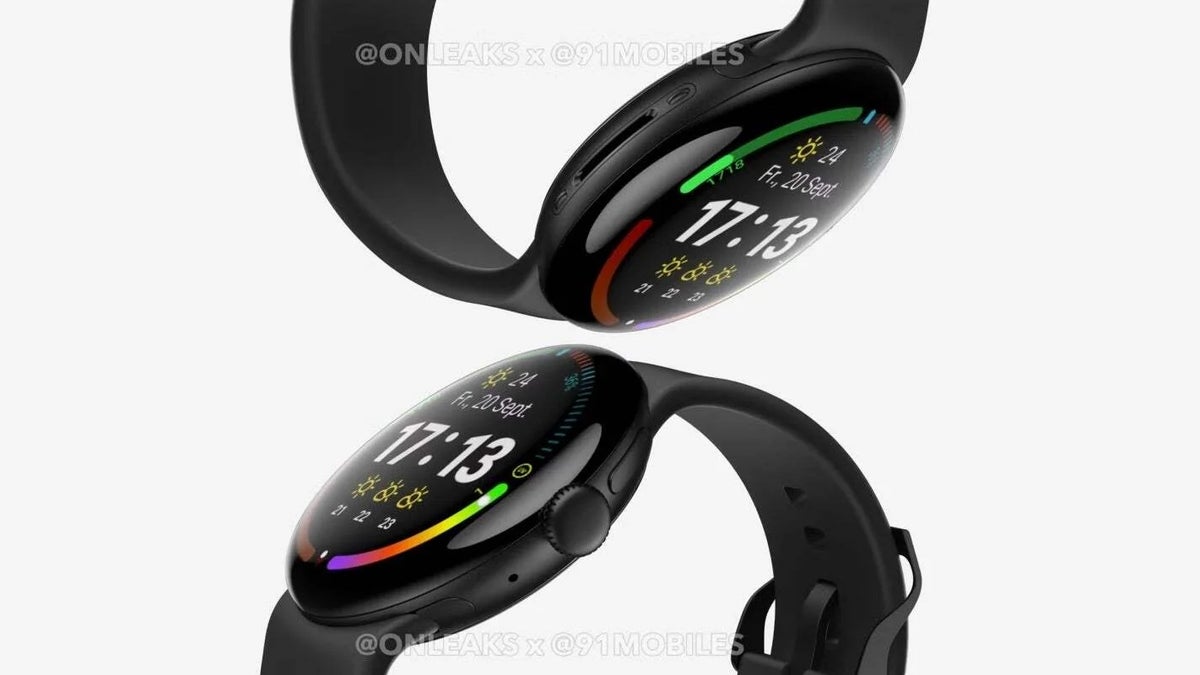As we approach the official unveiling of the Pixel Watch 4, new leaks are shedding light on the pricing strategy. According to a leak from Dealabs, Google might opt to keep the same pricing as last year for the upcoming smartwatch in Europe, and possibly in the US too.
If the leak holds true, the 41mm Pixel Watch 4 with Wi-Fi will retail for €399, while the LTE version will be priced at €499. The larger 45mm model will cost €449 for the Wi-Fi version and €549 for LTE. 
These prices align with those of the Pixel Watch 3 in Europe, suggesting that Google is sticking to its previous pricing strategy.
While we don’t have official pricing for the US yet, previous trends suggest the prices may mirror those in Europe. The Pixel Watch 3 started at $349 for the 41mm Wi-Fi model and went up to $399 for LTE. The 45mm model was priced at $399 for Wi-Fi and $449 for LTE. Given the minimal hardware upgrades this year, it’s likely that Google will maintain these price points.
Rumors indicate that the Pixel Watch 4 will feature the same Snapdragon W5 Gen 1 processor as its predecessor, implying that the internal improvements might be modest. However, there are hints of a larger battery, quicker charging, and a new co-processor aimed at enhancing AI features.
Another possible improvement could be better repairability, with some reports suggesting a slightly more modular design. There could also be new safety features, like Breathing Emergency alerts and satellite-based connectivity for times when network coverage is weak.
While the pricing leak offers hope for consumers hoping to avoid a price hike, external factors could still affect the final cost. Some Pixel devices are still assembled in China, and potential changes in US trade policy could introduce tariffs, increasing the price. However, this is all speculative for now.
Google is expected to unveil the Pixel Watch 4 at its Made by Google event on August 20. Until then, this leak offers some reassurance to fans that the new wearable won’t come with a steep price increase. It’s a wise move to keep prices steady amid moderate upgrades, signaling stability while leaving room for more significant updates in future versions. Whether this will be enough to compete with Samsung’s Watch 8 or Apple’s upcoming Series 10 redesign remains to be seen.